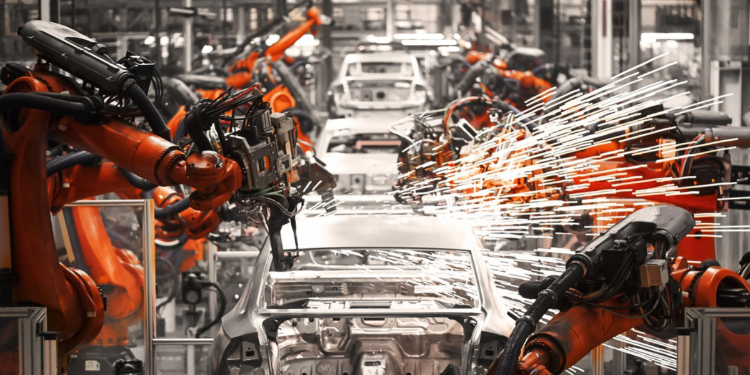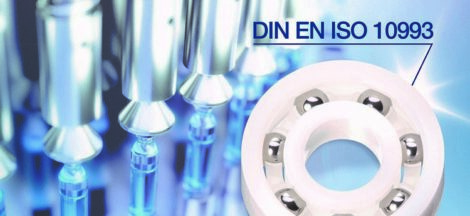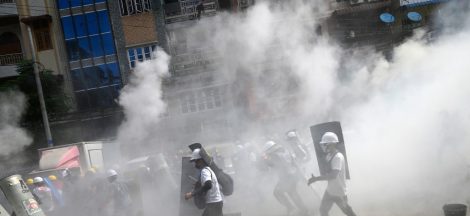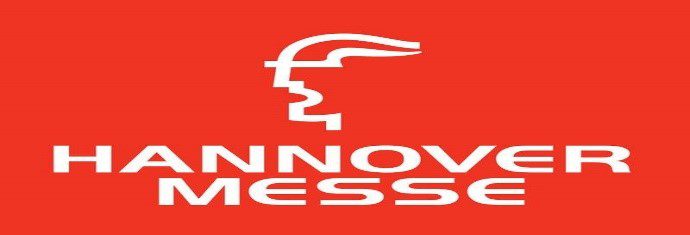Astra faced with new normal as new brands eat up share. The nation’s largest automotive company, Astra International, saw its market share decline to its lowest level in eight years at 45 percent in June, as new brands are offering better value amid overall stagnant domestic car sales.

The two main factors that caused the decline in Astra’s market share are competition from new and smaller brands and broad-based and sluggish domestic car sales growth, according to industry players and observers.
“The declining share is natural given all the new brands entering the market,” automotive industry observer and race driver Fitra Eri said.
The entry of new Chinese car brands from China, coupled with significant sales boosts at rivals Mitsubishi and Nissan against the backdrop of sluggish domestic car sales growth, have eaten into Astra’s share of the market.
Astra, founded in the 1950s by esteemed business mogul and mentor, the late William Soerjadjaja, has otherwise enjoyed market dominance for a long time as a blue chip firm.
The market share of Astra, the seventh-biggest biggest company by market value at the local bourse, steadily declined from around 60 percent five years ago to 45 percent as of June, according to the latest Association of Indonesian Automotive Manufacturers (Gaikindo) data.
Today, new and smaller brands offered better value amid tepid economic activities in the country as they rolled out cheaper cars or new features that pulled customers away from Astra’s brands, most of which were well-established ones such as Toyota, Daihatsu and Isuzu, according to Fitra.
Chinese automaker Wuling’s low multipurpose vehicle (MPV), for instance, costs Rp146.8 million (US$10,500), while similar vehicles from Daihatsu and Toyota cost Rp218.05 million and Rp221.25 million respectively.
Wuling, which only entered Indonesia two years ago, announced on July 11 an Indonesian language voice command feature for its Almaz minivans in a showcase of its commitment to the local market.
Other Chinese newcomers include DFSK, Geely and Chery, but Wuling remains the most aggressive player. Gaikindo expects another Chinese brand and a Russian brand to enter the market soon.
“The question is whether or not, in one to five years, consumers will be satisfied with the new brands. If they’re unsatisfied, they’ll go back to the old and trusted brands. Conversely, if they’re satisfied, that will be a challenge,” Fitra said.
On the other end, familiar faces, namely Nissan and Mitsubishi, which have been around since the 1970s, have captured huge interest from domestic car buyers with their respective All New Livina and Xpander MPVs.
Nissan’s first-half domestic sales grew 49 percent to 7,176 this year as the company launched its new MPV. In June alone, its sales skyrocketed by five times to 1,168 units from only 246 units sold in the same month last year, Gaikindo data show. Mitsubishi’s car sales also rose 20 percent to 11,968 units in June.
In June, non-Astra car brands sold more than Astra cars, excluding low-cost green cars (LCGCs) for the first time this year.
Astra corporate secretary Boy Kelana Soebroto justified the company’s low market share by saying that industry-wide domestic car sales slipped in June following the annual Idul Fitri holiday.
“Not only did Astra’s market share decline but nationwide car sales also declined,” he told The Jakarta Post via text message. Nationwide domestic car sales declined 5.5 percent to 253,489 units in the first half of this year compared with 268,483 units in the same period last year.
Economist Tauhid Ahmad, executive director at the Institute for Development of Economics and Finance (Indef), said the decline in car sales was also due to Indonesia’s sluggish economic growth and the shrinking middle-class population, which constituted the largest market for cars.
Statistics Indonesia (BPS) data show that the middle-income population decreased from 37.46 percent in September last year to 37.09 in March this year. At the same time, the low-income population increased from 16.79 percent to 16.93 percent.
“It means that, in general, consumers’ buying powers are declining. Other factors include competition from Astra’s competitors, which increased–in unison–in the MPV class. They also compete with lower prices,” Tauhid said.
Fitra added that Astra would in the future also begin paying closer attention to the newer and smaller brands, which are more agile in terms of innovation. Large Indonesian banks such as Mandiri and BCA adopted similar strategies to those used at financial technology startups. In fact, such banks not only pay closer attention but also train and work together with startups.
“Big companies always look at small companies’ innovations. And with their larger business sizes, it’s easier for them to adopt such innovations, producing greater results,” Fitra said. Astra faced with new normal as new brands eat up share (Norman Harsono, The Jakarta Post)





 A Squeaky Clean: Friendly Robots Spruce up Singapore
A Squeaky Clean: Friendly Robots Spruce up Singapore 